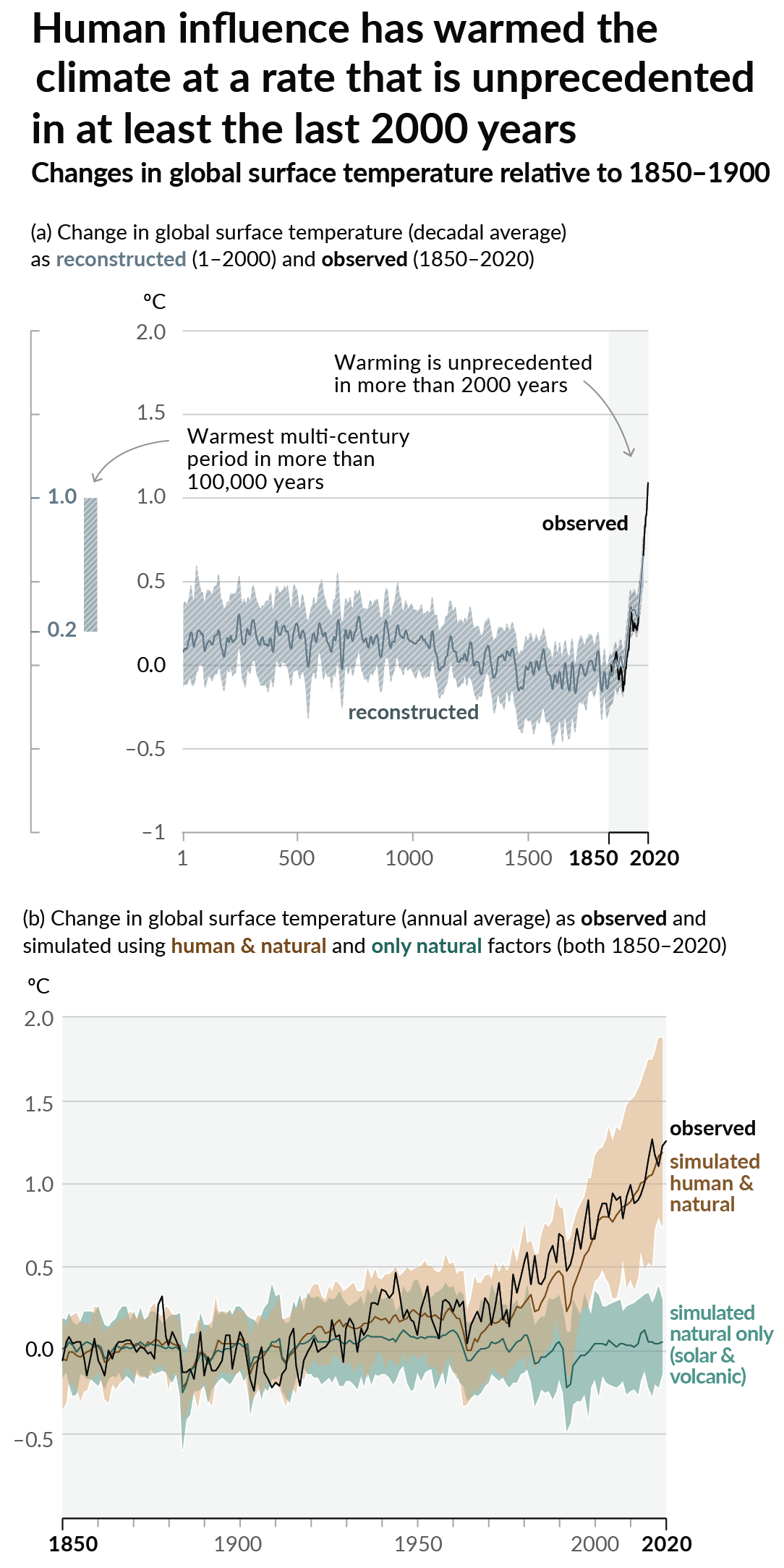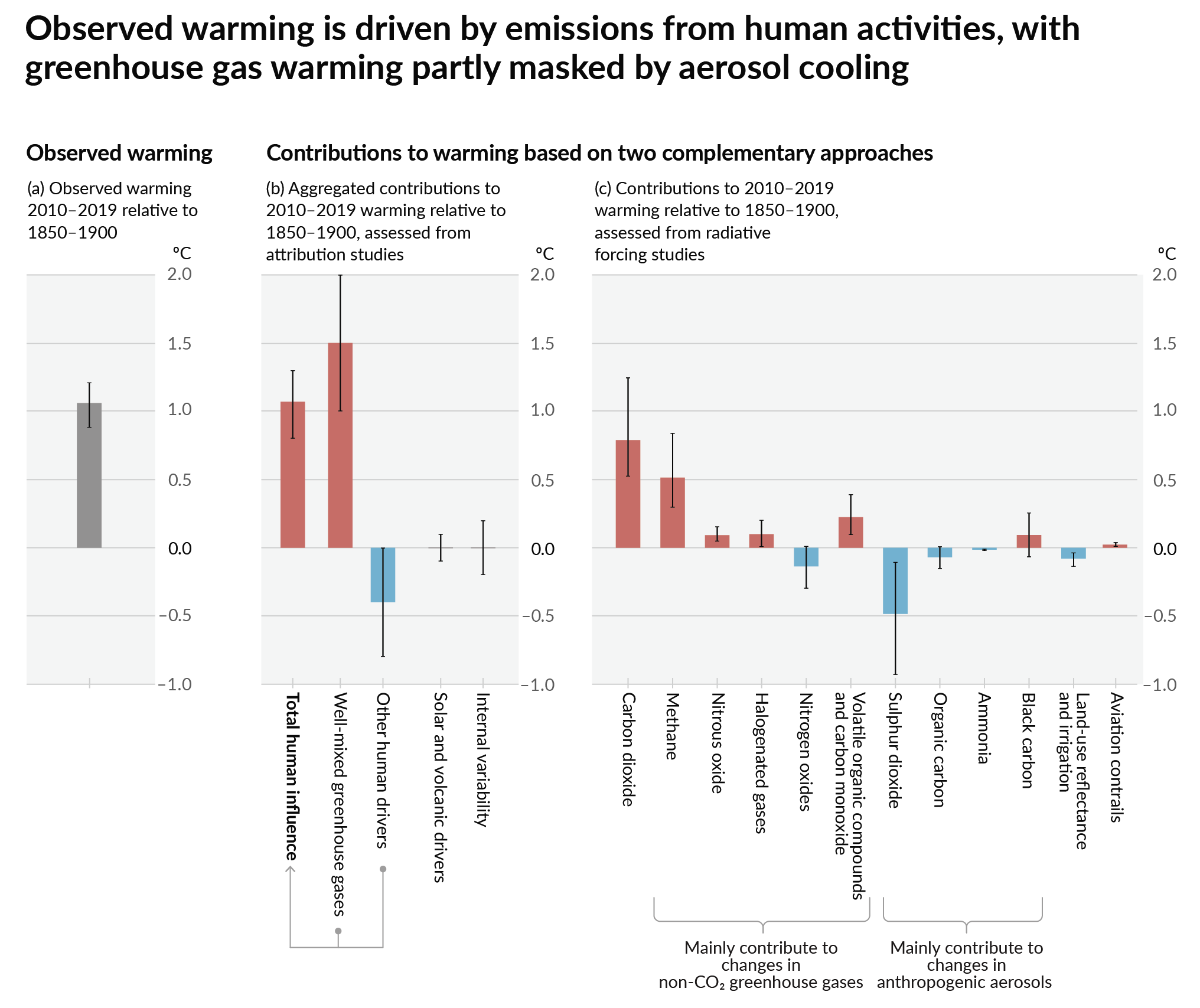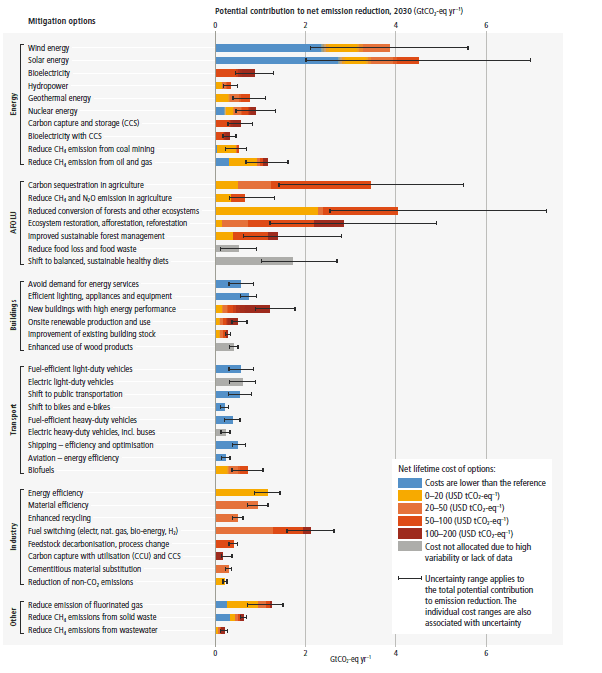this post was submitted on 06 Feb 2025
112 points (99.1% liked)
Climate - truthful information about climate, related activism and politics.
6445 readers
587 users here now
Discussion of climate, how it is changing, activism around that, the politics, and the energy systems change we need in order to stabilize things.
As a starting point, the burning of fossil fuels, and to a lesser extent deforestation and release of methane are responsible for the warming in recent decades:

How much each change to the atmosphere has warmed the world:

Recommended actions to cut greenhouse gas emissions in the near future:

Anti-science, inactivism, and unsupported conspiracy theories are not ok here.
founded 2 years ago
MODERATORS
you are viewing a single comment's thread
view the rest of the comments
view the rest of the comments
The theory I prefer is that temperatures take a "step up" reaction to Elnino. Every year since 2014 are the warmest years on record (since 18th century invention of cheap thermometers, and 1860s commonality of thermometers). 2015 super elnino made 2016 the warmest until 2023 elnino. Every month since may 2023 has top 2 hottest as 2023 and 2024, or now 2024 and 2025.
Global temperatures lag CO2 atmospheric concentrations, but once they step up, there are feedbacks to keep them there. Ocean temperatures are stickier than air temperatures. El nino heating them up, with reduced impact on Atlantic hurricanes (create a cooling effect) means Atlantic heats up even though 2023 was a record hurricane season for elnino. Extreme Atlantic 2023 heat records which included heat shifting up to Northern Atlantic and Arctic. 2024 Arctic summer was not that hot, but Arctic ocean temperatures stayed high, and due to warm 2023 fall Arctic ocean, there was a record low volume throughout winter season, and without excessive Arctic warmth, a record low volume at Summer peak. Ultra Extreme low volume record this winter, mostly due to last early spring keeping water hot longer through summer and fall. Hudson Bay will thaw early again this spring, and just a couple of extra weeks of sunshine this spring, means snowballing to less snowballs next winter.
There is much speculation about the breakdown of AMOC potential to significantly cool Northern Europe. But 31C tropical Atlantic, 2C warmer than "normal" just makes the waters north of tropics 2C warmer than usual no matter how slow the current flows are. Very hot Northern Atlantic ocean conditions in last 2 years means very hot European winters. Mediterranean too has been hitting massive summer records, that keep the region warmer in winter, and simultaneously don't cool the Mediterranean as much by spring.
Even less variable than ocean surface temperatures is the top 100m of ocean temperatures. These have set records every year since co2 hit 370ppm in 1980. These temperatures stabilize surface temperatures, and slow how fast they cool in winter, and how resilient ocean is to cooling from hurricanes. Every year since 2015 has had at least 1 155mph+ (2mph below cat 5) hurricane, and $10B+ damages. Every year since 2016, 2+ cat 4 hurricanes. Previously these streak records were 3 years, and the average time between 155mph hurricanes was 5 years. 14 since 2015 is about 1 every 8 months. 12 since 2017.